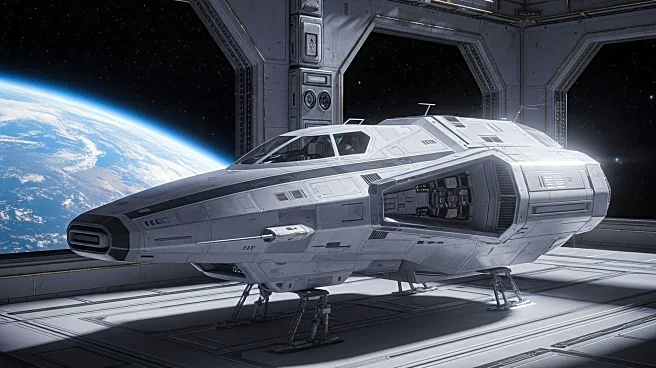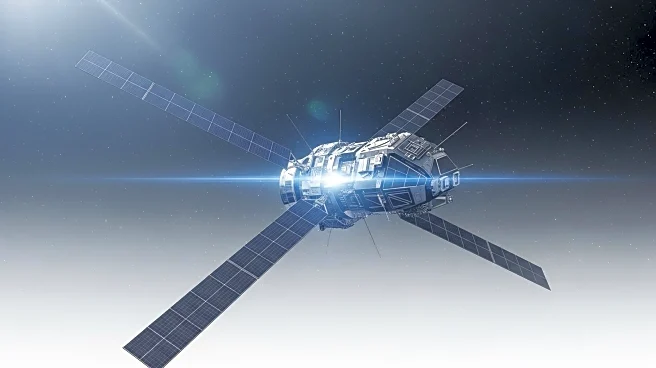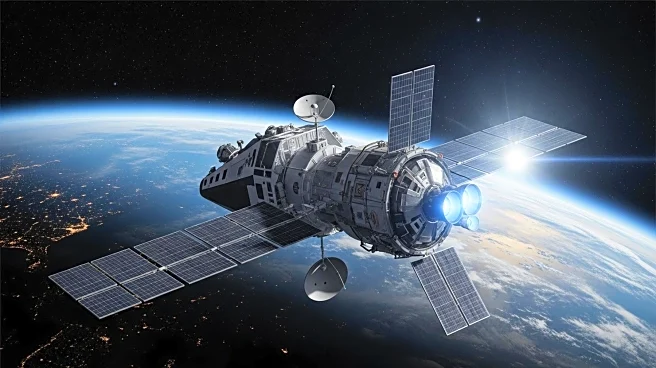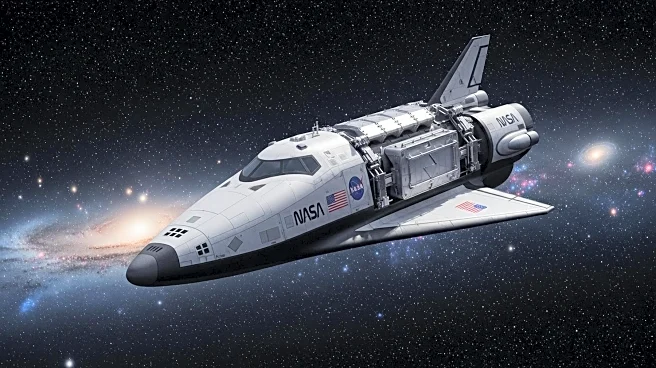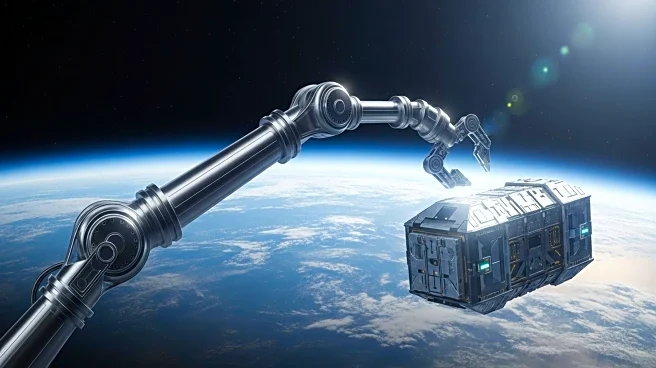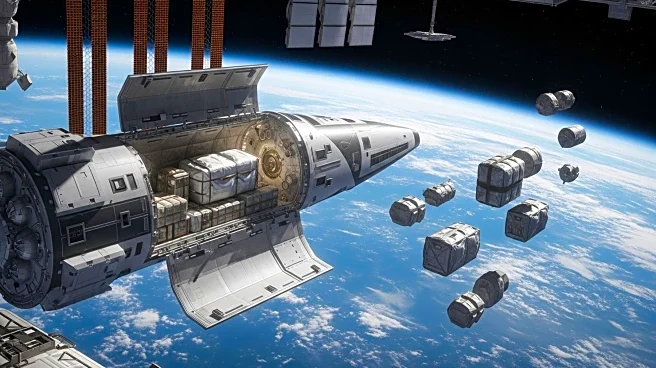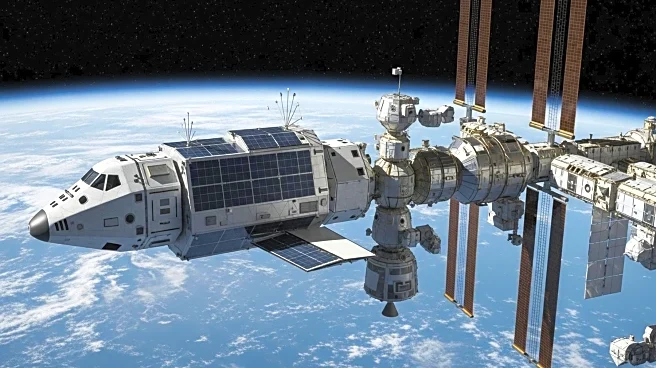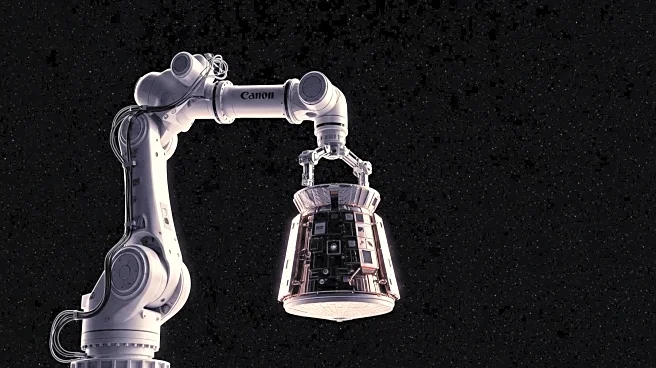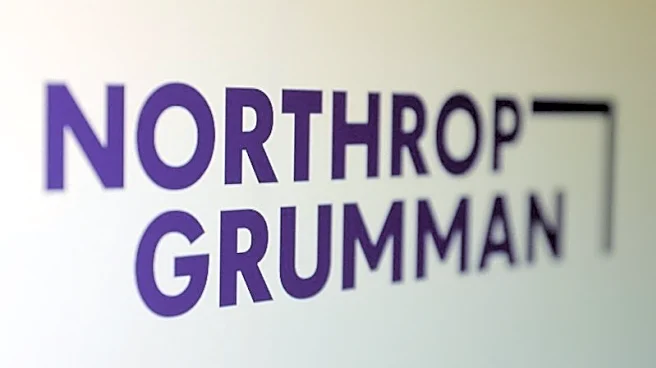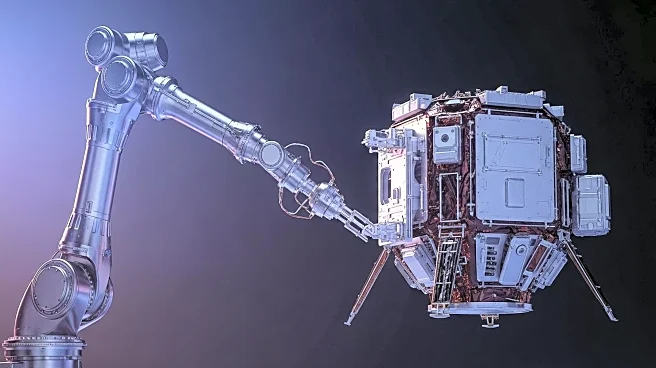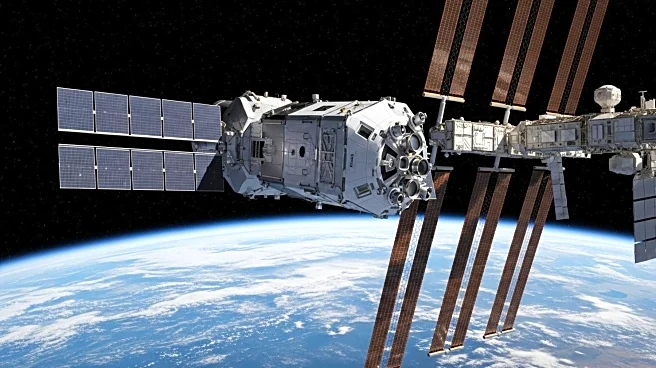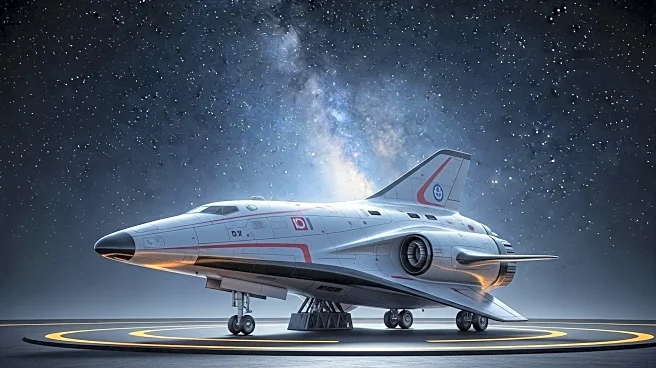What is the story about?
What's Happening?
NASA and Northrop Grumman are set to welcome the Cygnus XL spacecraft to the International Space Station (ISS) on September 18, 2025. The spacecraft, launched on a SpaceX Falcon 9 rocket, is carrying over 11,000 pounds of scientific investigations and cargo. The Cygnus XL will be captured by NASA astronaut Jonny Kim using the station's Canadarm2 robotic arm, with assistance from astronaut Zena Cardman. The spacecraft will be installed on the Unity module's Earth-facing port and is scheduled to remain at the ISS until March 2026. This mission, known as Northrop Grumman CRS-23, marks the first flight of the larger, more cargo-capable Cygnus XL.
Why It's Important?
The successful arrival and installation of Cygnus XL are critical for maintaining the ISS's operations and supporting ongoing scientific research. The cargo includes essential supplies and equipment for experiments that contribute to our understanding of space and its effects on various materials and biological systems. The mission also demonstrates the collaboration between NASA and commercial partners like Northrop Grumman, highlighting the growing role of private companies in space exploration. This partnership is vital for sustaining the ISS and advancing human presence in space.
What's Next?
Following the installation, the Cygnus XL will remain docked at the ISS for several months, during which time the crew will unload the cargo and conduct experiments. The spacecraft will eventually depart, carrying waste material from the station, and will burn up upon re-entry into Earth's atmosphere. NASA and its partners will continue to monitor the mission's progress and gather data to inform future resupply missions and enhance the efficiency of space station operations.
AI Generated Content
Do you find this article useful?
